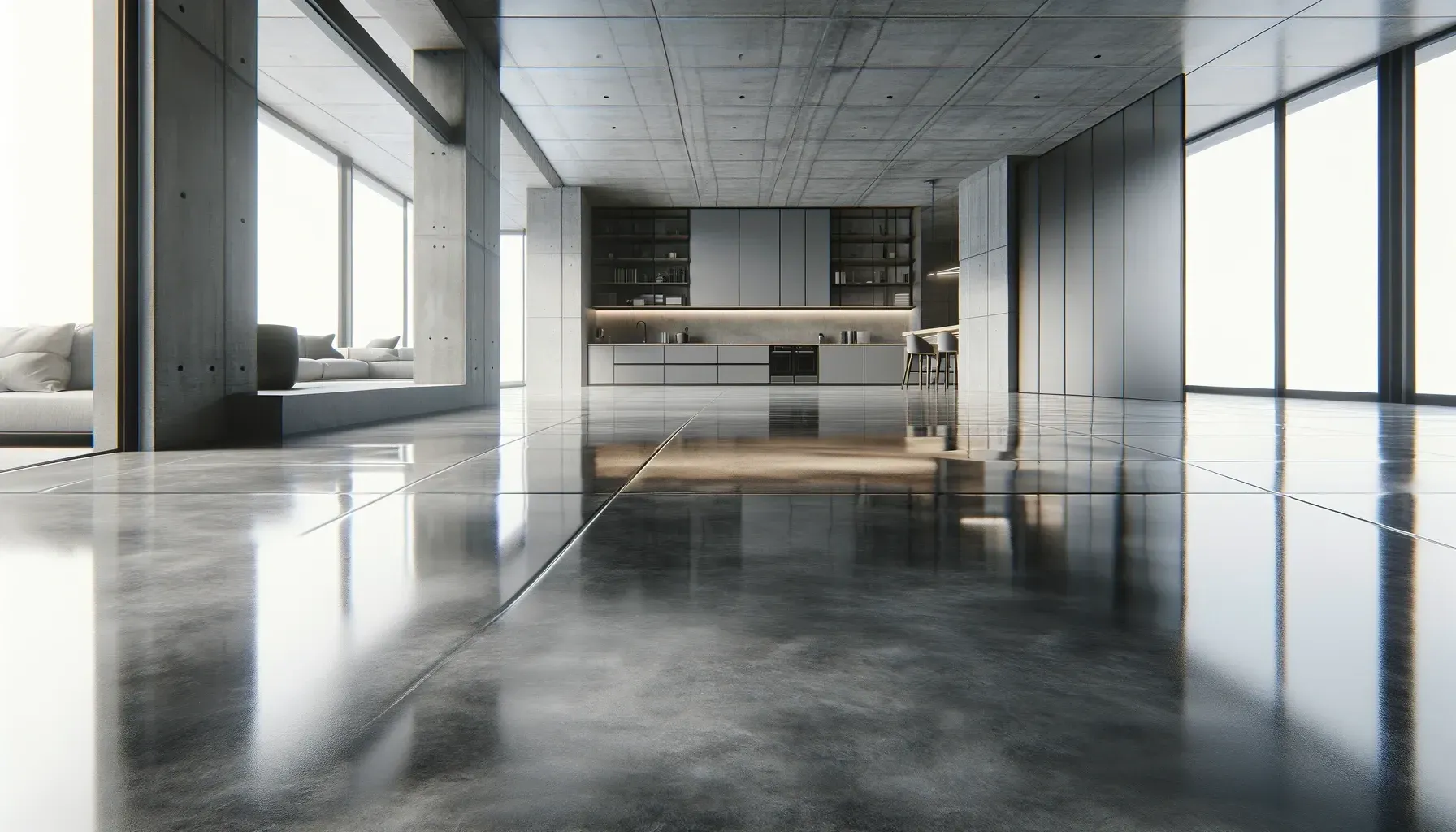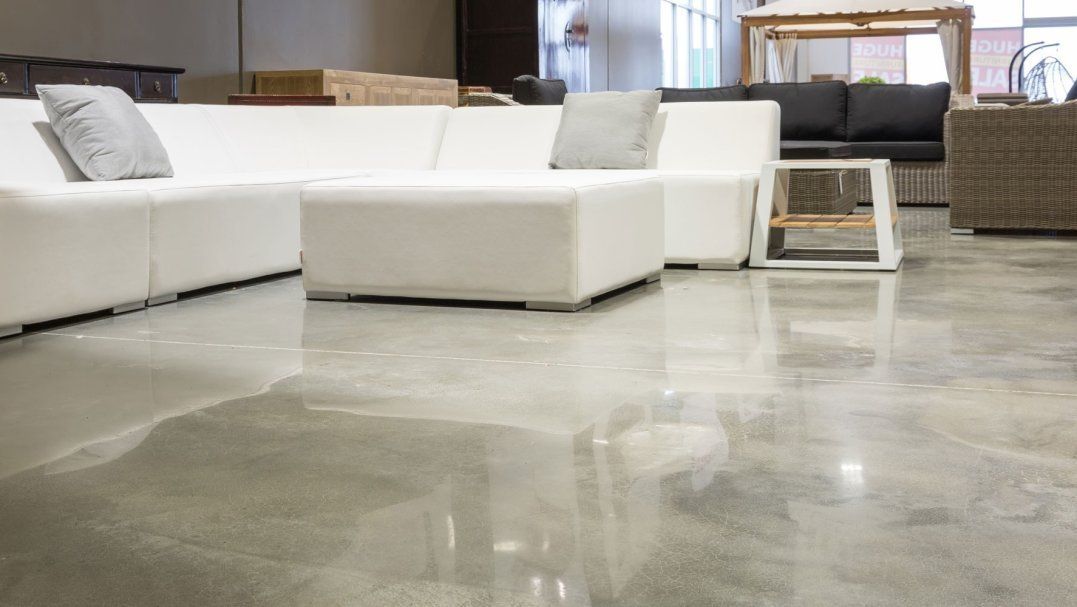How To Do Polished Concrete Floors
Concrete floors shouldn't have to look dull or dirty. Using a grinder and your own elbow grease, you can brighten up your concrete floors and make them appear sleek and shiny.
When done correctly, polishing concrete floors will instantly improve their appearance. The key is to know how to polish the floors properly. We have designed a comprehensive guide that will explain how to polish concrete floors for those wanting to take on the task themselves.
Step 1 – Prepare the Floor for Polishing
Before any work can be done with the concrete floor, it is essential you prepare the area. The amount of prep work involved will vary depending upon the current condition of the floors and how much dirt or dust is present.
Preparation work you may need to do before you can polish concrete floors includes:
- Mopping and sweeping the area to remove all dirt and dust
- Removing any sealer or coatings that have previously been applied to the floors
- Repair cracks or blemishes on the floors
Step 2 – Polish the Concrete Floors Using a Coarse Grit Abrasive Disc
When the concrete floors have been cleaned and fixed, it is time to start the polishing process. This step will involve using both a concrete grinder and various types of diamond abrasive discs. All required equipment can be hired from a machinery rental firm.
First, you will start by polishing the floor using a coarse grit abrasive disc, and this will help remove any surface stains or rough areas on the floor.
When polishing the floors, it is essential to make sure you are using the proper technique, which will be used for all steps involving a concrete polisher.
Proper technique involves doing the following:
- Moving the concrete grinder in circular motions
- Starting in one section of the room and moving slowly and methodically to the other areas
- Make sure to cover the floor and not miss a spot
Step 3 – Polish the Concrete Floors, Using a Fine Grit Abrasive Disc
After polishing with a coarse grit abrasive disc, you will polish with a fine-grit abrasive disc. A fine grit abrasive disc will give the floors that glossy, sleek look associated with polished concrete.
Step 4 – Polish the Floors with an Extra-Fine Grit Abrasive Disc
The final step in the polishing process is to use the concrete grinder with an extra-fine grit abrasive disc on the entire surface. This step will make sure any blemishes are removed from the surface, and you are left with a smooth, sleek concrete floor.
Step 5 – Apply a Coat of Concrete Floor Polish
Once the floors have been thoroughly polished, you need to ensure it is protected against further damage. A coat of concrete floor polish will add the protective layer you need to protect the newly polished floor.


